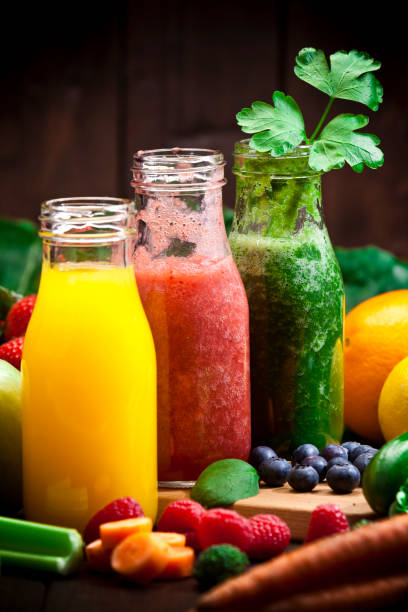These extra kilojoules encourage weight gain and obesity. These foods also cause tooth decay among young children and often replace healthy food options such as fruits, vegetables, and dairy products in a child’s daily diet.
Not all calories are equal – a dietitian explains the different ways the kinds of foods you eat matter to your body.
The World Health Organization (WHO) recommends that “free sugar intake” be limited to less than 10% of our total daily kilojoules for everyone. In fact, the WHO is now considering reducing that amount to 5%, given the knowledge children’s sugar intake remains high.
Free Sugars include sugars added to food and beverages, as well as sugars found naturally in honey, juices, and concentrates of fruit. Natural sugars in whole fruits, vegetables, and milk are not included.
The results of the Australian National Nutrition Survey show that toddlers aged 2 to 3 years consume 11% of total energy from sugar in free form. The results of the Australian National Nutrition Survey show that toddlers aged 2-3 years consume 11% of their total energy intake from free sugar.
Where does the sugar come from?
According to the latest National Health Survey, sugar is mainly found in highly processed foods such as bakery products, sweetened beverages, confectionery and chocolate, breakfast cereals, and desserts.
These foods supply 80-90% of the daily sugar intake for children.
But it’s more than just treats. Sugars are hidden in commercial infant and toddler food. They are mostly ultra-processed food that has undergone several industrial processes. These foods are laden with ingredients like added sugar, salt, and fat, as well as other additives that make them more appealing. These ultra-processed products often use ingredients we wouldn’t use if we were to make a similar product ourselves.
According to our research, ultra-processed food, especially snack foods, is common. As of 2019, they make up 85% of the foods sold in Australia as toddler food.
These ultra-processed foods for toddlers often contain fruit purees, pastes, or concentrates. These foods may sound healthy, with slogans such as “made from real fruits,” but they are not the same as the fruit that they come from.
Offer whole foods rather than ultra-processed food. Shutterstock
Read more: Ultra-processed foods are trashing our health – and the planet
Consumers might assume these products are healthy due to the labeling and images of fruit on the package. But our body handles ultra-processed foods very differently than it does whole food, which has had no or minimal processing.
In some toddler foods that are marketed as “all-natural” or “no added sugar” contain up to 50 percent fruit sugar in the form of purees and concentrates.
Some ultra-processed toddler’s milk contains more sugar per volume than soft drinks. Nearly a third (33%) of savory food for children also has fruit purees.
This will not only make the food more appealing to children, encouraging parents to buy it again, but it will also encourage them to develop a taste for sweets.
Read more: Food and drinks are getting sweeter. Even if it’s not all sugar, it’s bad for our health.
Three things parents can do
There is no need for all sugar to be removed, but the data shows that most children consume more than they should. How can we reduce this?
1. Labelling must be accurate
Food manufacturers must be required to disclose the amount of added sugar in their products. A clear definition of “added” sugar would include all harmful sugars in food labels. This consists of the highly processed fruits used in infant and child foods. Sign up for the Kids Are Sweet Enough Campaign to support this.
2. Shop for pantry alternatives
Replace sweetened foods with those that are already in your kitchen. Replace sugary foods like cakes, biscuits, and pastries with low-sugar cereals such as WeetBix or porridge, vegetables, fruit (cut into safe sizes), and nut pastes.
Replace sweetened drinks, dairy products with added sugar, and toddler milk (for children older than six months old) with plain water.
3. Click here to find out more
Download the My Baby Now App in the App Store or Google Play for practical advice on feeding your infant or toddler.
Parents can take our free online course on infant nutrition or search this and see if INFANT is available in their area.



